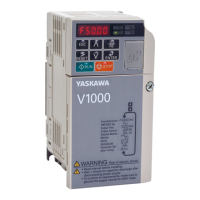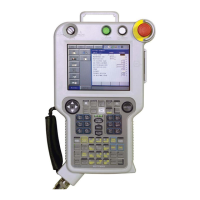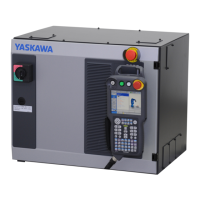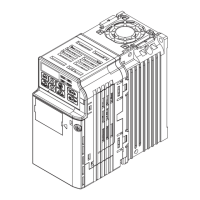n
Fine-Tuning PID
Follow the directions below to fine tune PID control parameters:
Table 5.12 PID Fine Tuning
Goal Tuning Procedure Result
Suppress overshoot
• Reduce the derivative time (b5-05)
• Increase the integral time (b5-03)
Response
Before adjustment
After adjustment
Time
Achieve stability quickly while
allowing some overshoot
• Decrease the integral time (b5-03)
• Increase the derivative time (b5-05)
Response
Before adjustment
After adjustment
Time
Suppress long cycle oscillations
(longer than the integral time setting)
Increase the integral time (b5-03)
Response
Before adjustment
After adjustment
Time
Suppress short cycle oscillations
• If oscillation cycle time is close to the
derivative time, reduce the derivative
time (b5-05).
• If the derivative time is set to 0.00 s and
oscillations are still a problem, reduce
the proportional gain (b5-02) or increase
the PID primary delay time (b5-08)
Response
Before adjustment
After adjustment
Time
u
b6: Dwell Function
The Dwell function temporarily holds the frequency reference at a predefined value for a set time then continues accelerating
or decelerating.
The Dwell function helps prevent speed loss when starting and stopping a heavy load with induction motors. When running
a PM motor in V/f control, the pause in acceleration allows the PM motor rotor to align with the stator field of the motor and
reduce the starting current.
Figure 5.27 illustrates how the Dwell function works.
Note: Set the stopping method to "Ramp to Stop" (b1-03 = 0) to use the Dwell function.
5.2 b: Application
216
YASKAWA ELECTRIC SIEP C710636 04D U1000 Industrial MATRIX Drive Technical Manual

